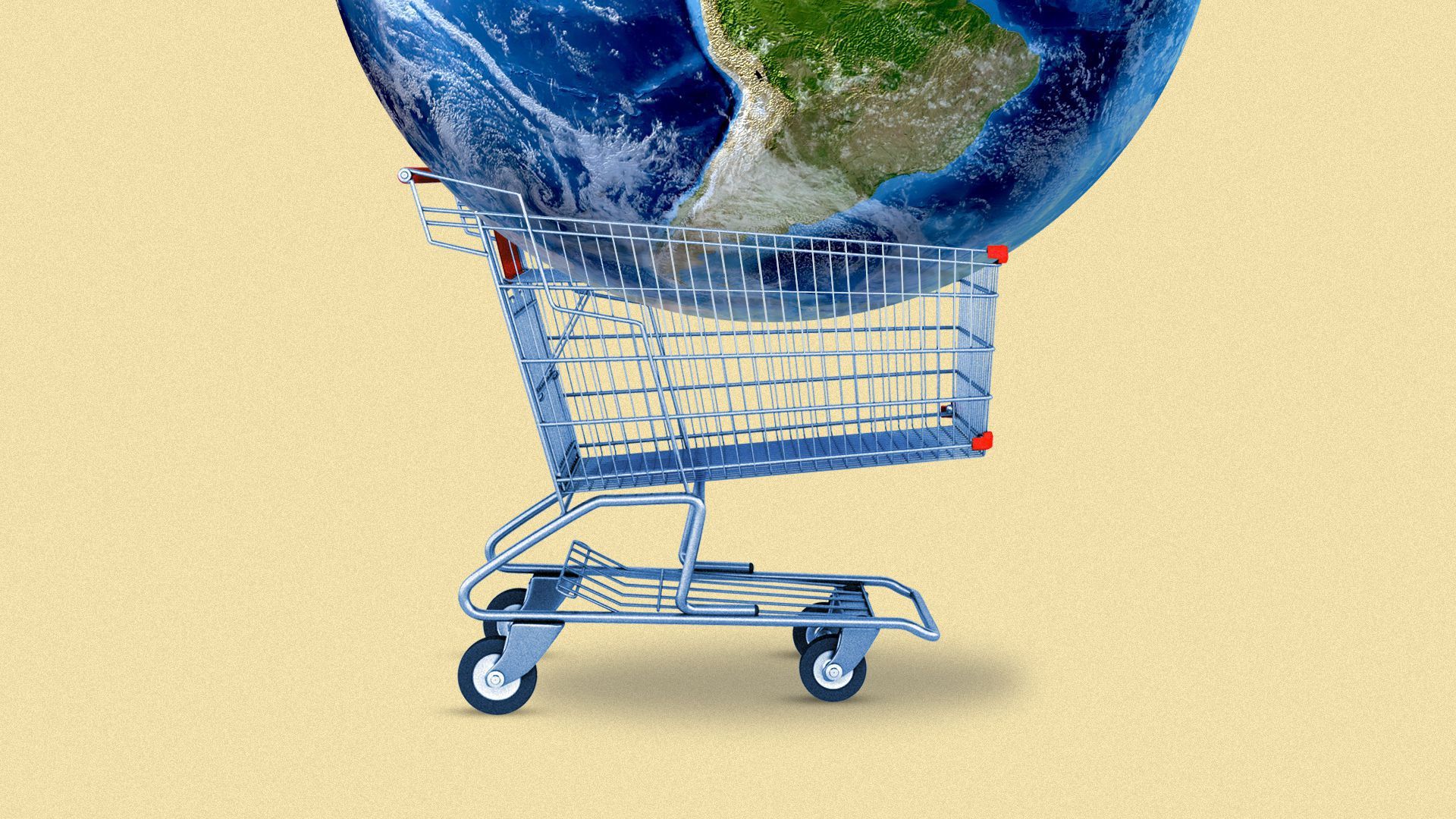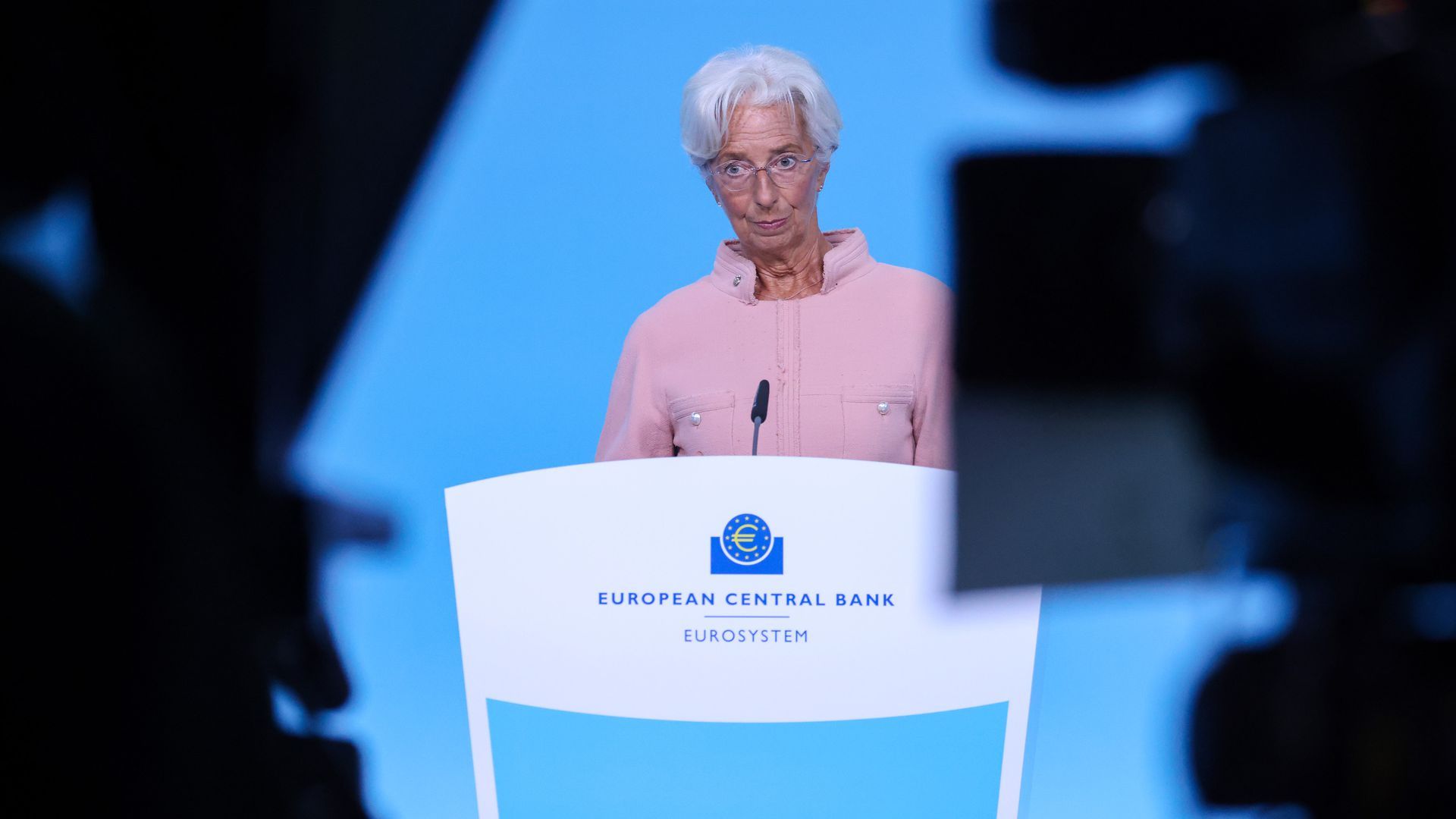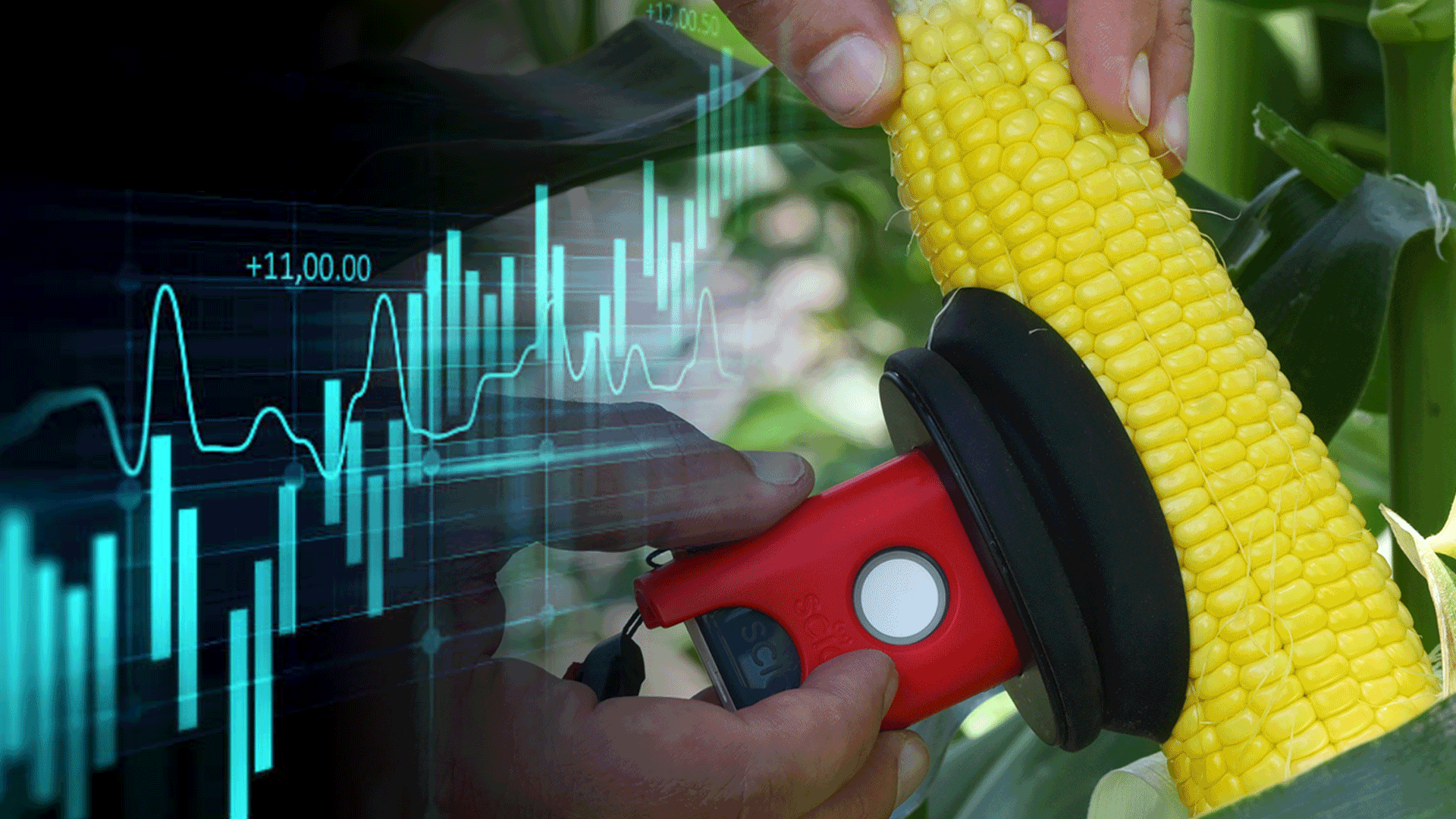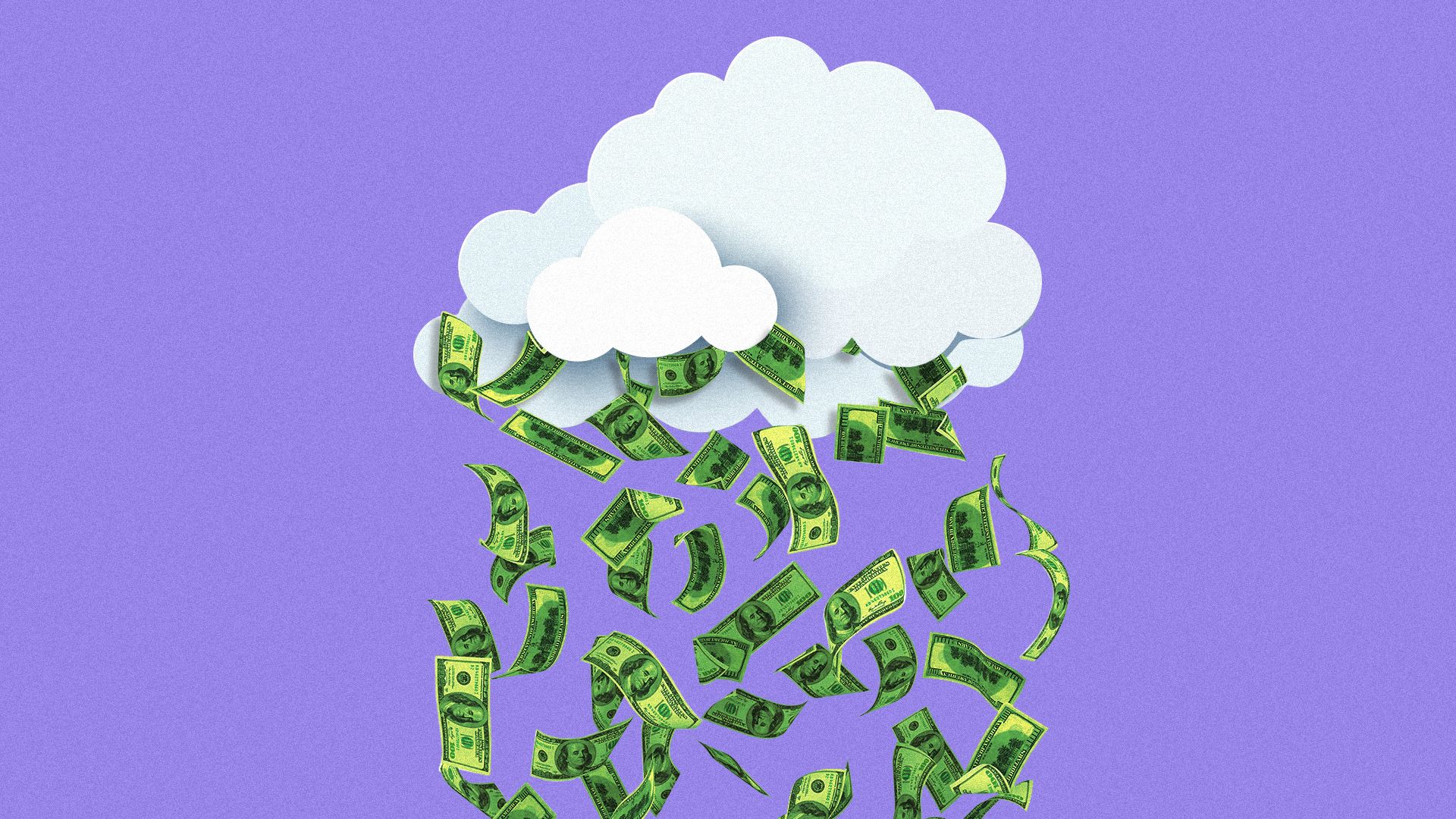| | | | | | | Presented By OurCrowd | | | | Axios Markets | | By Sam Ro ·Sep 10, 2021 | | Today's newsletter is 1,320 words, 5 minutes. | | | | | | 1 big thing: Walmart joins the green bond party |  | | | Illustration: Sarah Grillo/Axios | | | | Walmart just raised the largest green bond ever in the U.S. corporate bond market, Axios' Hope King and Kate Marino write. Why it matters: The $2 billion bond deal illustrates that U.S. investors' interest in green bonds is not going anywhere. Companies are tapping into that demand, and putting money behind efforts to battle climate change. - Funds raised from green bonds are meant to be used for environmental projects. But they can run the risk of "greenwashing" as there are no real penalties for not following through on commitments.
Driving the news: Walmart said it would put the funds toward projects including renewable energy, high-performance buildings, sustainable transportation and zero waste/circular economy initiatives. State of play: Though the potential for greenwashing is always a concern, Walmart has a concrete sustainability plan, including being carbon neutral by 2040 and reducing emissions in its supply chain, Shawn Keegan, credit portfolio manager at AllianceBernstein, tells Axios. - "Walmart has a lot of influence and control over its supply chain. That's important, and it gets other retailers to think about their supply chains," Keegan says.
The intrigue: Walmart's green capital didn't come any cheaper than the rest of its bonds, based on their maturity and comparable Treasury benchmark. - Nowadays green bonds save investors an estimated 0.04% annually on average compared with their regular bonds, down from about 0.10% for green bonds placed at the beginning of the year, notes Matt Lawton, portfolio manager at T. Rowe Price. Some green bonds, like Walmart's, don't have a discernible pricing advantage.
Be smart: Besides the potential for savings, the rationale for issuing green bonds is just as much about companies signaling to the market and investors that they're taking sustainability seriously, says Keegan. The big picture: Walmart's deal is important for the green bond sector because until now, most deals have largely been concentrated in just three industries: real estate, utilities and autos, Lawton says. - More sector representation means more diversification for investors.
- "My hope is that others will follow their lead, and we'll see a more diverse set of issuers coming to the market. I think that's ultimately what we need to see for [the green bond market] to be successful," Lawton adds.
Zoom out: Global issuance of sustainable debt, which includes green, social and sustainability bonds, reached $1.7 trillion as of the end of 2020, according to the Climate Bonds Initiative, which helps certify these types of bonds. - Green bonds specifically reached $1.1 trillion in 2020, which is a fraction of the overall fixed income market.
What to watch: Walmart says this is just the beginning of its foray into green bonds. |     | | | | | | 2. Catch up quick | | President Biden ordered new federal vaccine requirements for as many as 100 million Americans. (Axios) Uber Eats, DoorDash and Grubhub have sued New York City over legislation to permanently cap commissions. (Reuters) Dallas Fed president Robert Kaplan and Boston Fed president Eric Rosengren said they would sell their individual stock holdings to address the appearance of conflicts of interest. (Bloomberg) |     | | | | | | 3. Don't call it a taper |  | | | ECB president Christine Lagarde, during a news conference on Thursday. Photo: Alex Kraus/Bloomberg via Getty Images | | | | The European Central Bank just sent a signal that mirrors that of its U.S. counterpart: peeling off unprecedented pandemic-era support won't be quick — leaving a full return to normal far out, Axios Closer author Courtenay Brown writes. Why it matters: When and how the crisis-era measures end have big implications for global financial markets that have been buoyed by them. Catch up quick: The ECB is scaling back its massive bond-buying program over the next three months, reflecting a sunnier outlook for Europe's economy. - This emergency-era facility is set to end early next year. If it's not extended, some economists say the ECB could ramp up a pre-pandemic bond-buying program to make up for it.
The intrigue: ECB head Christine Lagarde cautioned the scale back doesn't mean the beginning of a total reversal of its easy-money policies. - That's showing up in how Lagarde would prefer we talk about the bond-buying slowdown: don't call it a taper.
- "The moderately lower pace just resembles the status quo. There is no official plan for further unwinding yet," ING's Carsten Brzeski tells Axios about why the T-word isn't appropriate.
- In a speech last month, Fed chair Jerome Powell signaled it could peeling back its monthly bond purchases this year (though weaker economic data may push off those plans).
The bottom line: "The ECB is not about to rip off the band-aid; bond markets will continue to enjoy significant support from asset purchases through 2021," Pantheon Macroeconomics said yesterday. |     | | | | | | A message from OurCrowd | | Tech transforms the full ag supply chain, potentially saving billions | | |  | | | | Consumer Physics has developed and patented the first portable lab-grade spectrometer that analyzes material at the molecular level. This precision agriculture innovation can transform the entire supply chain, saving billions annually. Explore their investment potential at OurCrowd. | | | | | | 4. Wall Street's sneak preview of 2022 |  | | | Illustration: Aïda Amer/Axios | | | | Wall Street's top stock market forecasters are already telling clients what to expect in the stock market in 2022. Why it matters: The stock market, as measured by the S&P 500, is up an impressive 20% since the beginning of the year. It's more than doubled from its March 2020 low. - Such gains will surely have investors wondering if the market has gotten ahead of itself.
What they're saying: Savita Subramanian, Bank of America's head of U.S. equity strategy, expects the S&P 500 to climb to just 4,600 by the end of 2022. This implies a modest 2% gain from Thursday's closing price of 4,493. - Subramanian, one of Wall Street's more cautious forecasters, warns that "Investor sentiment and valuations are extended — a lot of optimism is already priced in."
- In her research note published on Wednesday, she warned that the S&P is poised to average negative annual returns over the next decade.
- Wells Fargo head of equity strategy Chris Harvey is also cautious, expecting the S&P to end 2022 at just 4,715. But, not before climbing to 4,825 by the end of 2021 first.
Yes, but: Some forecasters are considerably more bullish, like Credit Suisse's chief U.S. equity strategist, Jonathan Golub. He sees the S&P 500 hitting 5,000 by year-end 2022. - "We see upside to estimates as empty shelves are restocked and pricing power is maintained," Golub said in an Aug. 9 note to clients. "Consumer spending should improve as the unemployment rate drops further, accompanied by higher wages."
- Goldman Sachs chief U.S. equity strategist David Kostin sees the S&P rallying to 4,900 in 2022. "We expect earnings growth will be the primary driver of US equity returns," he said.
- On Tuesday, UBS head of U.S. equity strategy Keith Parker forecast that the SP 500 would rise to 4,850 in 2022, but cautioned that the market is "likely to sell off at some point in coming weeks as investors brace for higher yields, taxes, slowing data, etc."
The bottom line: The wide range of forecasts is a reminder of how difficult it is to predict short-term returns in the stock market with much certainty. Indeed, it's not unusual for these experts to make multiple revisions along the way. |     | | |  | | | | If you like this newsletter, your friends may, too! Refer your friends and get free Axios swag when they sign up. | | | | | | | | 5. Airline outlooks in descent |  | | | Illustration: Sarah Grillo/Axios | | | | Several major U.S. airlines indicated Thursday that their businesses have taken a big hit from a surge in COVID-19 cases driven by the Delta variant, Axios' Yacob Reyes writes. Why it matters: A recent decline in bookings and an increase in cancellations have triggered a much lower revenue forecast for airlines than previously anticipated. - American Airlines, Delta Airlines, United Airlines, Southwest Airlines and JetBlue all said in filings that their businesses were hurt by the Delta variant.
Our thought bubble: The airlines join PPG Industries and Sherwin Williams, which this week warned that the current quarter will be much weaker than previously anticipated. The trend doesn't bode well for the stock market, which has closed lower for four consecutive days. The big picture: American indicated in a filing Thursday that it had experienced a slowdown in ticket sales in August that has continued into September. - The airline also said it expects third-quarter revenue in 2021 to be down approximately 24% to 28% compared to the third quarter in 2019.
- In another filing, Delta noted that total revenue is expected to be at "the lower end of the prior guidance," blaming the virus with lowering demand.
What's next: The airlines, however, indicated they were optimistic that the downturn wouldn't last long. |     | | | | | | A message from OurCrowd | | Handheld, precision agriculture could save billions annually | | |  | | | | OurCrowd is giving you access to invest in the next great agriculture innovation. Consumer Physics' handheld spectrometer analyzes material at the molecular level and instantly transfers data to the cloud to improve every step of the supply chain. It's time. Invest now at OurCrowd. | | |  | | It'll help you deliver employee communications more effectively. | | | | | | Axios thanks our partners for supporting our newsletters. If you're interested in advertising, learn more here.
Sponsorship has no influence on editorial content. Axios, 3100 Clarendon Blvd, Suite 1300, Arlington VA 22201 | | | You received this email because you signed up for newsletters from Axios.
Change your preferences or unsubscribe here. | | | Was this email forwarded to you?
Sign up now to get Axios in your inbox. | | | | Follow Axios on social media:    | | | | | |
No comments:
Post a Comment